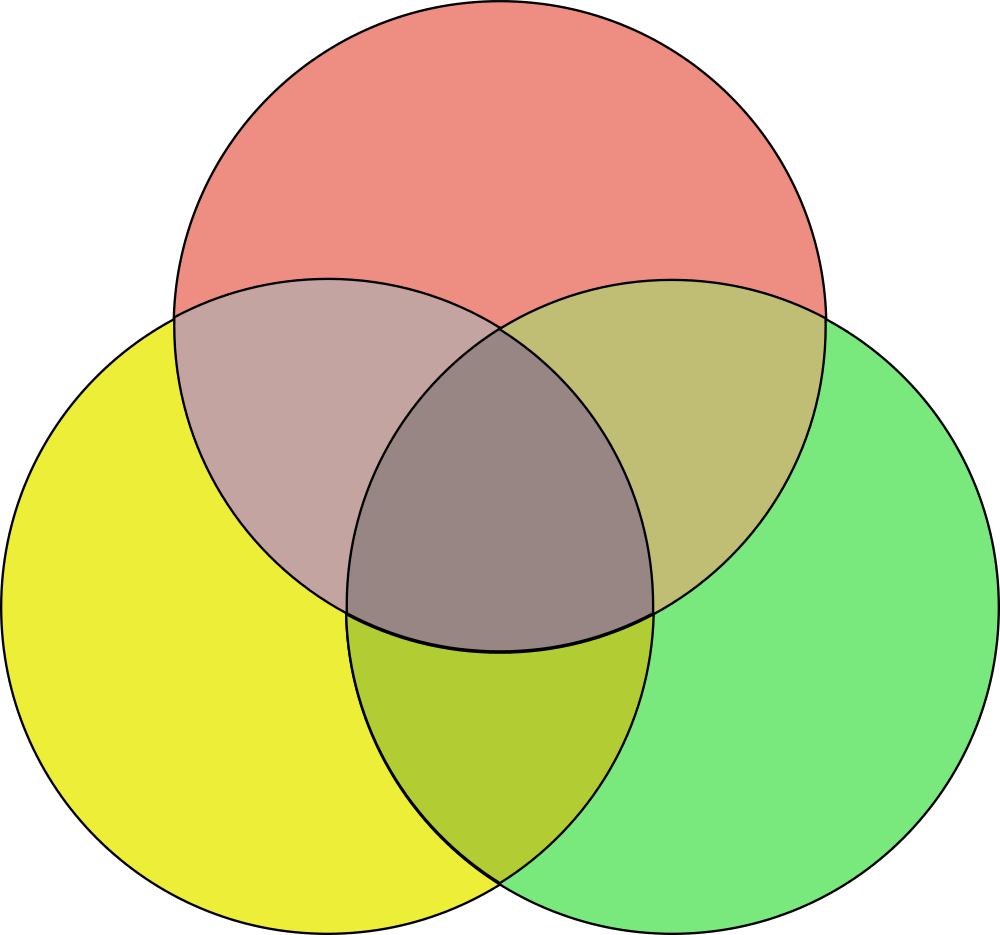
Quick – what dimension of your identity most defines you? As my friend and colleague Renee Bazile-Jones often asks: If you were in the car with ALL the aspects of your identity, which ones would be in the front seat with you? Are you defined by your identity as a mother? A Muslim? A Millennial? How about your race, or ethnicity? Are these identities those you’ve chosen to favour or have they been defined for you by others? How hard would it be to choose just one?
This is the power of intersectionality – a term you may have heard, perhaps vaguely understood.
The term (coined by American law professor Kimberle Crenshaw), recognizes that individuals hold multiple social identities that intersect and interact, shaping their experiences and perspectives, often leading to intersecting forms of discrimination.
Working to increase representation in an organization without an intersectional lens, risks inadvertently marginalizing some groups. If an organization is striving to create greater gender balance on the board, they look at identifying and removing barriers to women. But without considering the additional barriers faced by racialized women, or newcomers, it will ultimately be white women who will benefit the most.
Intersectionality calls attention to our diverse tapestry of interconnected identities; race, gender, sexual orientation, age, disability, and more. Inclusive work cultures that recognize intersectionality have a better chance of success with EDI initiatives.
This approach might include:
- Considering the overlap or interconnection between ERGs (Employee Resource Groups): recognize and address the overlap or interconnection between different social identities. For example, having a group specifically focused on supporting the experiences of women of color, LGBTQ+ individuals with disabilities, or immigrant employees.
- Ensuring that when capturing employee demographic data that you’re tracking intersectional identities (ie: not just Black employees and employees with disabilities but how many hold both identities?)
- Bringing intersectionality into EDI training. Training should move beyond generic approaches and incorporate intersectional perspectives. Tailored educational programs can help employees understand how various forms of discrimination and privilege intersect and interact, leading to a deeper understanding of systemic issues.
- Incorporating intersectionality into recruitment and hiring practices to attract and retain a diverse workforce. This might include considering how certain job requirements or company policies may disproportionately impact specific intersectional groups.
How do your intersecting identities affect you at work? Is your organization taking any steps to ensure that intersectionality is considered in EDI initiatives?
Recent Comments